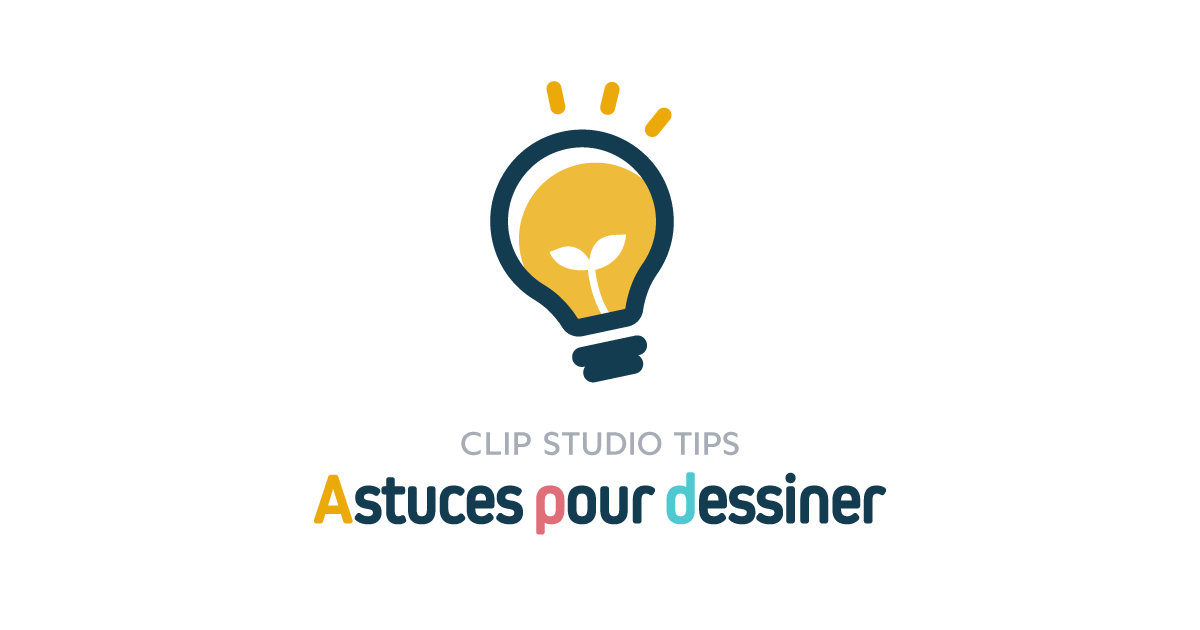Part 1: Extract saturated colors from a photo
Hello everyone, welcome to this tutorial series, my name is Ed and I going to show you different methods and techniques that you can use in Clip Studio Paint when creating colorful artwork with saturated colors, tones (halftones) and shape outlines like on comics and pop art examples.
To follow this tutorial series, feel free to download the materials and photos directly from the post and links. The screenshots you will see are from the Comic Workspace, if you want to use the same workspace from this tutorial series, please save the one you are using first. You can also see all the screenshots in its original size just right click over the image and open it in a new tab.
Let's get started!
Prepare the photo or image
Open the photo or image you want to extract the colors from.
▲ I am going to use a photo that I shot from “lights in the night” -if you want to use this photo for commercial work please contact me first. You can download or copy the image directly from this post, right click over the image and copy or save the image. If you copy the image create a [240x160 pixels] document to paste it.
With the image in Clip Studio Paint let's use a quick technique to get the colors. Go to [ Filter > Effect > Mosaic ] and for the “Tile Size” choose 16. If you are using other image move the slide or enter a number until you see squares similar to the screenshot ▼
■ In order to get more saturated colors create a correction layer from the top left corner menu or [ Layer > New Correction Layer > Hue/Saturation/Luminosity… ].
▼ Increase the Saturation to 64.
Correction layers are not destructive layers so it doesn't affect to layers in a permanent way. You can modify the values later if necessary.
Create Color Set
Now that the image is ready let's create a New Color Set to save the colors we are going to extract from the photo.
Click over the [Edit Color Set] icon ▼
And select [Add new settings]. You will create a Color Set based on the Standard color set but with transparent empty colors ▼
Auto-register color in eyedropper
Using the Eyedropper tool let's fill the empty transparent squares in the Color Set.
■ Go to the Top left Corner Menu in the [Color Set] Panel and select [Auto-register color in eyedropper]. Now you can click over the colors that you want to add to the Color Set. If you click in the same color twice the color will be selected in the Color Set panel.
As indicated when preparing the photo [Correction Layers] are not destructive and does not affect the image in a permanent way so in order to see if we can get more saturated colors feel free to double click on the [Hue/Saturation/Luminosity] layer and increase the saturation to 96. Then click over the squares to get new colors and don't forget that if you already have selected the color it will be shown on the panel.
IMPORTANT: Once you have finish to extract the colors from the image you can turn the [Auto-register color in eyedropper] off.
If you want to delete the transparent color boxes click next to the last registered color and first of the empty boxes. Then click repeatedly over the [Delete color] icon on the Bottom right corner of the [Color Set Panel] until you erase them all ▼
Export or Register color set
Finally we have our Color Set ready and you probably want to save a copy for future import.
Click in the top left corner menu in the [Color Set] panel and select [Export color set..] or [Register color set as material...]. If you haven´t already name your color set palette. I am going to call it “Light Colors”, you can call it whatever you want. Then select a folder and click OK to save it.
And there you go, you have successfully extracted and saved colors from the “lights in the night” photo. Feel free to join me in the second Part.





















Commentaire